The ritual, if you will, for millions of computer users around the world is pretty much the same. People all over the world log into their account, allow their desktop to load, and then open their web browser and music player of choice.
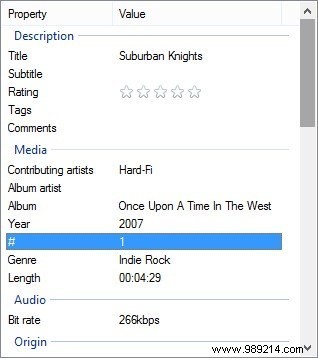
Music tags are most commonly found in ID3 format; if you have accessed an MP3, it is likely that you have come into contact with ID3 tags. Alternatives exist, such as APE, but ID3 remains dominant.
There are two iterations of the ID3 tag:ID3v1 and ID3v2. Although their names are similar, they are totally different in how they work. In fact, their only similarities are their names and purposes.
ID3v1 is the old tag, having originated in 1996. It was later reiterated with the release of ID3v1.1 in 1997. 1.1 differs from its predecessor by reducing the size of the comment field, using the few extra bytes to store the track number instead.
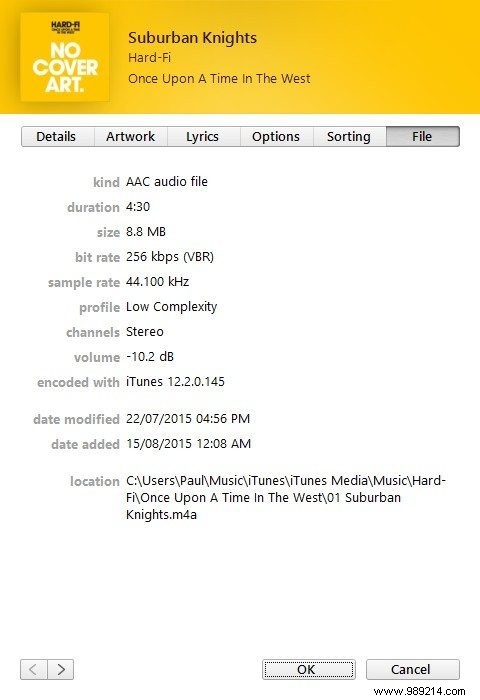
There is also an "extended" version of ID3v1 markup that allows users to double the number of characters for each field as well as free text entry of the song genre. ID3v1 originally approached the genre with a numerical system; a song can be like "1" if it was pop or "2" if it was rock. Expanding tags allowed users to enter their own genres.
In 1998, a year after ID3v1.1 was created, ID3v2 was released. Its structure is completely different and the size of the tag is limited to 256 MB. This change is absolutely huge and allows, among other things, to store album covers as a tag.
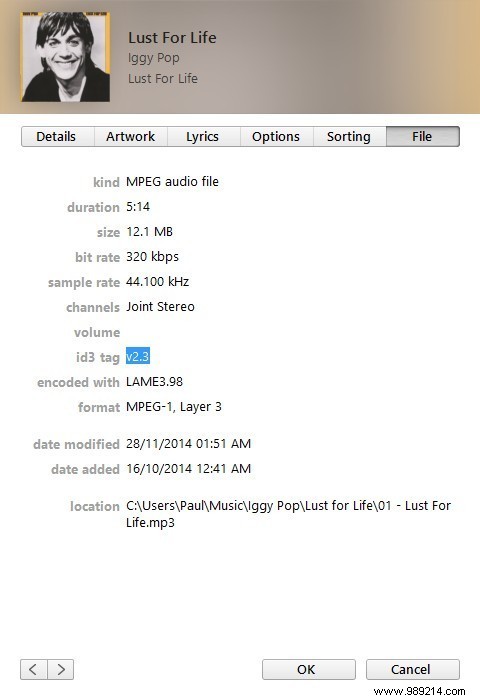
Like its predecessor, ID3v2 has had many iterations. ID3v2.2 was the first publicly available version but is now considered obsolete. ID3v2.3 has increased the number of "frames" containing data, and it is the most commonly used type of ID3 tag, despite being almost two decades old.
Although v2.3 is the most popular version, it is not the most recent. ID3v2.4 was released in 2000 but is not supported by any version of Windows. Even Windows 10 cannot handle these particular tags.
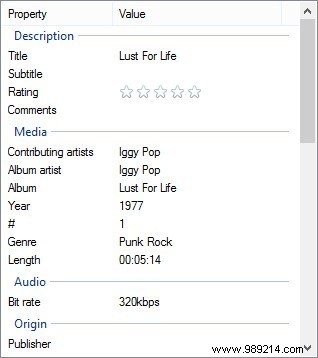
With increased knowledge of ID3 tagging, comes the desire to know what tags your music uses. Curiously, you will find that software like iTunes does not always disclose this information, nor does Windows Explorer.
MP3 Tag, a program we showed in a previous article, can actually display this information. If you have it installed or downloaded a portable version like the one referenced in our portable software article, open it. Otherwise, you can install it if you want by following these steps.
1. Open MP3Tag and your music player or Music folder in Windows Explorer.
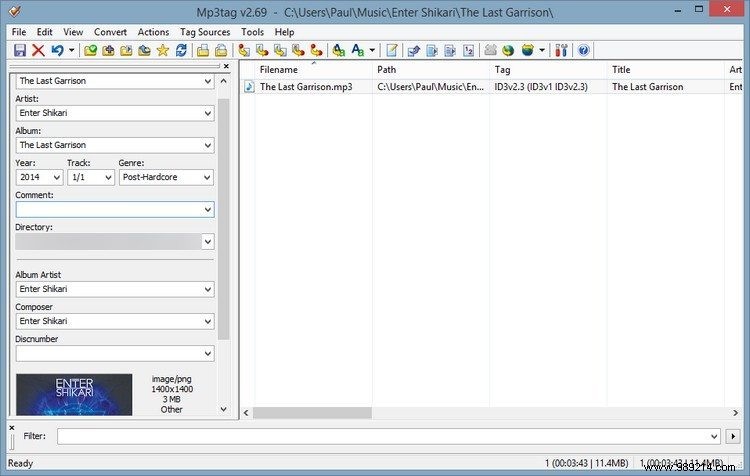
2. Drag a track from a source and drop it onto the MP3Tag window so that it appears there. You can also do this with full albums or folders.

3. When the file is visible in MP3Tag, look at the different fields from left to right. By default, "Tag" is among them, and it displays the ID3 tag versions the file is embedded in. Ignore the information behind the parentheses:the first entry displays the tags on the song.
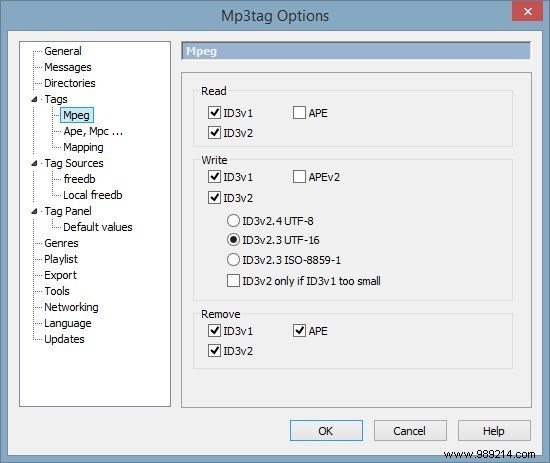
By default, MP3Tag will write ID3v1 and ID3v2 tags to a track, but this behavior can be changed in the settings.
ID3 tagging may play a small role in your overall computer usage, but it's absolutely essential for curating any type of music library. The potential of the labeling system is enormous and it is not particularly complex to master. Hopefully, with a better understanding of what organizes your music collection, it will be possible to better appreciate how categorized it can be.
Do you use an alternative marking system? Do you have a particularly creative use of the "Comment" field in your songs? Let us know your thoughts and opinions in the comments section below.